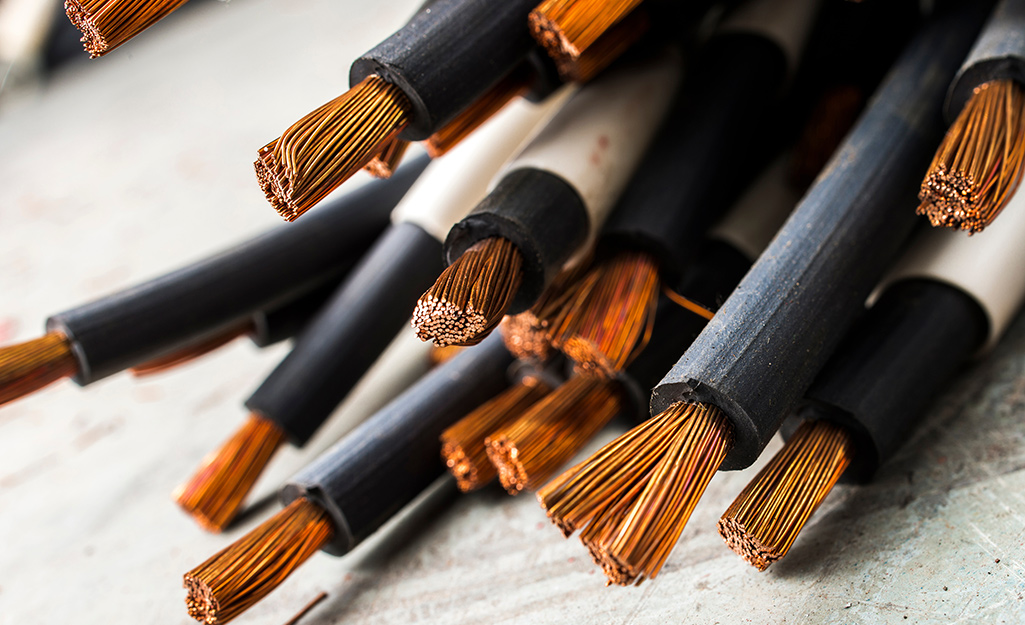Wires and cables are ubiquitous in our modern world. They are the backbone of our communication and power networks, carrying electrical signals and data over long distances. Despite their critical role, wires and cables are often overlooked and taken for granted. In this article, we will explore the fascinating world of wires and cables, their history, how they work, and the latest advancements in their technology.
From Telegraph to Fiber Optics: A Brief History of Wires and Cables
The first electric telegraph was invented in the early 19th century, and it relied on wires to transmit electrical signals over long distances. These early wires were made of copper and were insulated with gutta-percha, a type of natural rubber. Over the years, wire technology improved, and in the 20th century, coaxial cables were developed, which were capable of transmitting high-frequency signals over long distances.
The next major breakthrough came in the 1970s when fiber optic cables were invented. Unlike traditional copper cables, fiber optic cables use light to transmit data, which allows for faster and more reliable communication. Today, fiber optic cables are the backbone of the internet, allowing us to send and receive vast amounts of data at incredible speeds.
How Wires and Cables Work
At their most basic level, wires and cables are conductors of electricity. They work by allowing electrons to flow through them, carrying electrical energy from one place to another. The most common wire material is copper, which is an excellent conductor of electricity. Copper wires are typically coated with a layer of insulation, which helps to prevent electrical current from leaking out.
The design of a cable depends on its intended use. For example, power cables are designed to carry high amounts of electrical current, while data cables are designed to transmit digital signals without interference. Coaxial cables, which are used for cable television and internet connections, consist of a central conductor surrounded by layers of insulation and shielding, which help to prevent interference from outside signals.
The Latest Advancements in Cable Technology
The technology of wires and cables is constantly evolving, with new materials and designs being developed to meet the needs of modern communication and power networks. One recent development is the use of carbon nanotubes in cables. Carbon nanotubes are incredibly strong and lightweight, making them ideal for use in high-performance cables.
Another area of development is wireless charging technology. While wires and cables are still necessary for many applications, such as powering our homes and offices, wireless charging allows us to charge our devices without the need for cables. This technology is becoming increasingly popular, with wireless charging pads and devices now widely available.
Conclusion
Wires and cables are the unsung heroes of modern technology. Without them, we would not have the internet, smartphones, or any of the other devices that we rely on every day. While they may seem simple, wires and cables are the result of decades of research and development, and they continue to evolve to meet the needs of our ever-changing world.
So, next time you plug in your phone or connect to the internet, take a moment to appreciate the wires and cables that make it all possible. And who knows, maybe someday we'll even be able to say goodbye to cables altogether.
